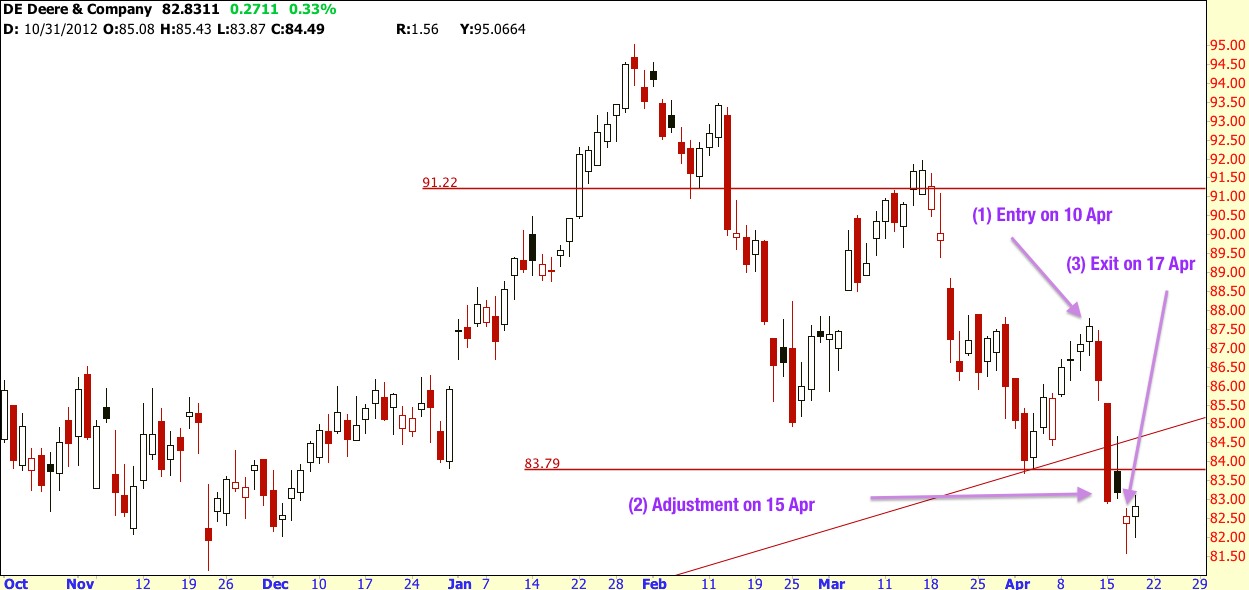Eagle Traders
Post on: 16 Март, 2015 No Comment

THE ECONOMICS OF THE PRIVATE MARKET
Part 2: Secondary Trading, the New Market for Rule 144A Private Placements, and the Role of Agents
In focusing on an economic analysis of the traditional market for privately placed debt, part 1 ignored two important features of that market: the effects of Rule 144A and the role of agents.
Though resale of private placements is sometimes thought to be prohibited, in fact a small secondary market for them has existed for decades. Rule 144A, however, has created a new market for private placements. Adopted in April 1990 by the SEC, this rule establishes conditions under which private placements may be freely traded among certain classes of institutional investors. The rule has spawned the development of a market for underwritten private placements, which has characteristics-such as not being information intensive-more like those of the public bond market than like those of the traditional private market. Part 2, section 1, analyzes the Rule 144A market. 101
The great majority of new private issues are assisted by an agent, which offers many of the advisory and distribution services of a public bond underwriter but does not actually perform a firm-commitment underwriting, except with underwritten Rule 144A issues. Agents are at the nexus of many private market information flows and thus play an important role. Section 2 describes their role.
The Rule 144A Market
Rule 144A gave securities firms the opportunity to underwrite private placements, allowing new issues of private debt to be distributed in much the same way as issues in the public bond market. Securities firms have taken advantage of this opportunity by providing public-like borrowers an alternative to the public market and the traditional private placement market. The 144A market thus bridges a gap between the two existing markets by making available to large corporations, not having the information problems of the typical issuer of private debt, a more efficient means of placing debt in the private market.
Although Rule 144A applies only to certain secondary market transactions, it has implications for the distribution of private placements. The rule permits sophisticated financial institutions, designated in the rule as qualified institutional buyers (QIBs), to trade private placements freely among themselves without jeopardizing the exemption of the securities from SEC registration. In any private placement transaction, whether in the primary or in the secondary market, the seller must ensure that the sale does not constitute a public offering, which would violate the basis for exemption. Before the adoption of Rule 144A, securities firms did not underwrite private placements because sales of securities to investors as part of an underwritten distribution might be construed as a public offering. Rule 144A, however, takes the view that QIBs are not part of the public; consequently, transactions between QIBs cannot involve a public distribution. Most securities firms are QIBs, and thus they can purchase private placements from issuers and resell them to other QIBs without violating the private placement exemption.
The SEC justified this treatment of QIBs on the grounds that the Congress had never considered sophisticated, institutional investors to need the protection offered by the registration of securities. The purpose of registration was to protect unsophisticated, individual investors. The SEC therefore concluded that, if secondary transactions involved only sophisticated investors, such transactions would not constitute a public distribution and thus could be effected without restriction. 102

The SEC had two basic purposes in adopting Rule 144A. One was to increase liquidity in the private placement market and thus to lower the differential between private and public yields. The other was to make the private placement market more attractive to foreign issuers. Foreign companies had been infrequent issuers in the public markets, primarily because they found the registration requirements expensive and burdensome, especially the stipulation that financial statements be reconciled with generally accepted accounting principles in the United States. 103 Although foreign companies have long been able to bypass these obstacles by issuing private placements, they had not done so to any great extent, partly because of the higher yields in the private market than those in the public market. The negotiation of terms and frequent inclusion of restrictive covenants in private debt contracts also made the private placement market unattractive to foreign companies.
As defined in Rule 144A, QIBs are financial institutions, corporations, and partnerships that own and invest on a discretionary basis at least $100 million in securities. 104 This definition is broad enough to include life insurance companies, pension funds, investment companies, foreign and domestic commercial banks, master and collective bank trusts, and savings and loan associations. Besides meeting the securities test, banks and savings and loans must have net worth of at least $25 million. The SEC imposed this condition because it believed that securities holdings alone did not necessarily reflect the appropriate degree of investor sophistication for institutions having insured deposits. 105 In contrast to other institutional investors, a broker-dealer must own only $10 million in securities to qualify as a QIB. The SEC chose a lower amount to avoid excluding a significant number of broker-dealers that were actively participating in the private placement market. 106
Besides confining transactions to QIBs, Rule 144A stipulates three other conditions. First, to ensure that a minimum amount of information is available, an issuer must provide buyers with copies of its recent financial statements and basic information about its business. Second, when issued, privately placed securities cannot be of the same class as any of the issuer’s securities already traded on a U.S. stock exchange or on the NASDAQ system. This requirement is intended to prevent the development of an institutional market in publicly traded securities. Third, the seller of 144A securities must take »reasonable» steps to inform the buyer that the sale is occurring pursuant to Rule 144A. 107
Bank deposit notes and certificates of deposit, loan participations, repurchase agreements, and currency and interest rate swaps are excluded. When it adopted Rule 144A, the SEC excluded U.S. government and agency securities as well; amendments to the rule in October 1992 removed the exclusion.














